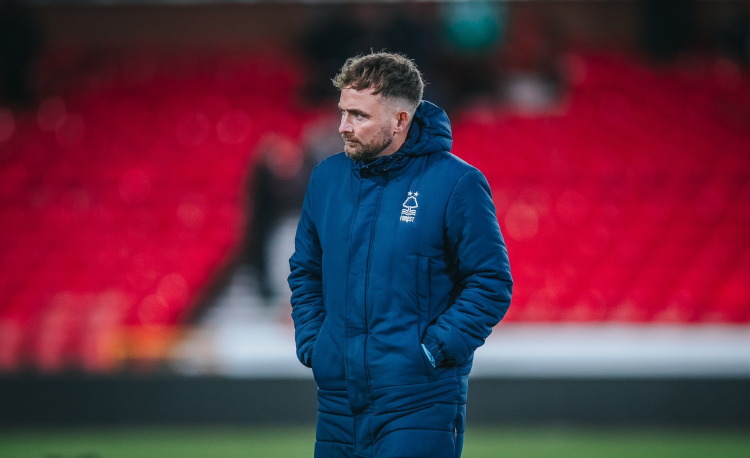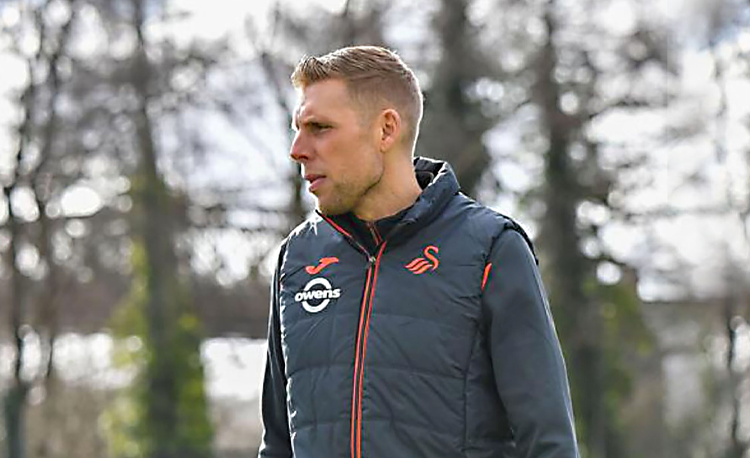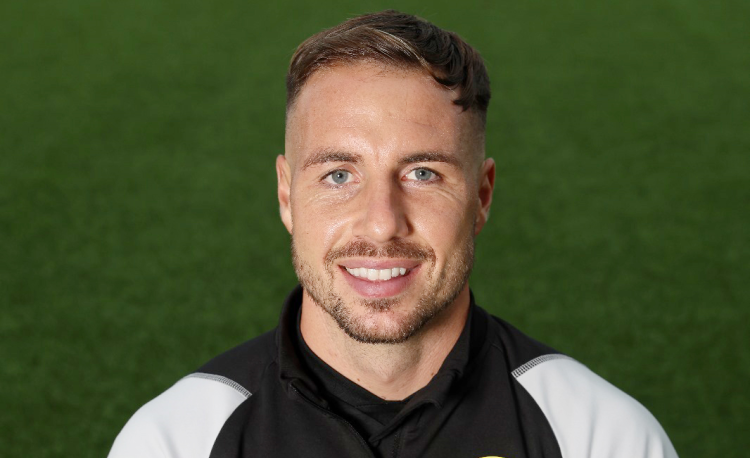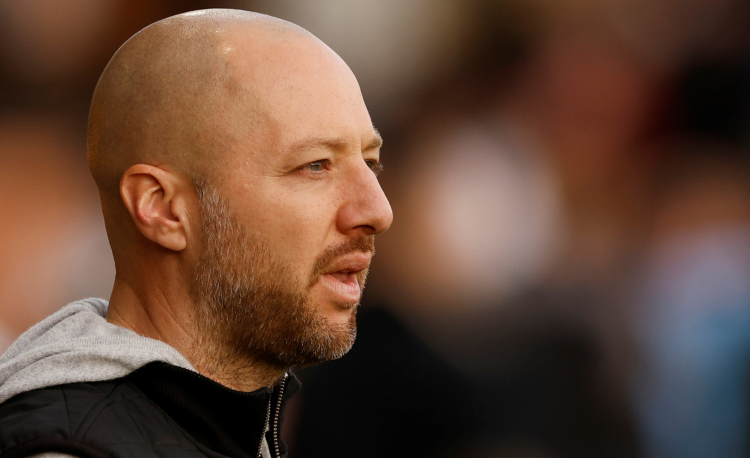The game model
The session is an example of our individualised program. It illustrates how we bring to life a player’s individual development plan and highlights how we use this to design specific practices for the individual. It’s focused on one player being successful in wide areas and fitting into our game model.

The session is an example of our individualised program. It illustrates how we bring to life a player’s individual development plan and highlights how we use this to design specific practices for the individual. It’s focused on one player being successful in wide areas and fitting into our game model.
We call this outplay and impact two zones.
Down the wing, we are looking at 1v1 duels and combination play; as we enter the final third, we work on movement, before progressing to link up play; heading into the box, we are entering the assist zone; in front of goal is the golden zone.

Through these zones, we look to explore, refine and execute the skills and techniques shown in the table.

Each session we run is then focused on elements of this table.
In this session, we are focusing on the 1v1 and combos, moving into the assist zone. From here we can link into one of our other attacking zones (finishing zone).
The foci of this session are highlighted in the table on the previous page.
This is a 40-minute session and purely with one player in this area we have no goalkeepers and maximum of five players in a group. It is important that even in small sessions it is specific and relevant to the geographical area of the pitch.
These sessions are periodised around the team sessions: at least two out of the five training sessions a week are tailored in this way for the players. We would also build in learning for the other players. However, the 40 minutes would be tailored to one individual. This would be periodised for every player over a 12-week meso cycle.
An individual coach would then be assigned to the player in a team session so when these scenarios occurred in a game or phase of play they could revisit some of the individual learning. The individual session is built up to practise in the impact zones. The team would then do a session in the attacking third of the pitch and the player would understand their role in the attacking phase.
Editor's Picks
Attacking transitions
Deep runs in the final third
Using the goalkeeper in build-up play
Intensive boxes drill with goals
Penetrating the final third
Creating and finishing
My philosophy
Pressing initiation
Compact team movement
Coaches' Testimonials

Alan Pardew

Arsène Wenger

Brendan Rodgers

Carlos Carvalhal

José Mourinho

Jürgen Klopp

Pep Guardiola

Roy Hodgson

Sir Alex Ferguson

Steven Gerrard
Coaches' Testimonials

Gerald Kearney, Downtown Las Vegas Soccer Club

Paul Butler, Florida, USA

Rick Shields, Springboro, USA

Tony Green, Pierrefonds Titans, Quebec, Canada
Join the world's leading coaches and managers and discover for yourself one of the best kept secrets in coaching. No other training tool on the planet is written or read by the calibre of names you’ll find in Elite Soccer.
In a recent survey 92% of subscribers said Elite Soccer makes them more confident, 89% said it makes them a more effective coach and 91% said it makes them more inspired.
Get Monthly Inspiration
All the latest techniques and approaches
Since 2010 Elite Soccer has given subscribers exclusive insight into the training ground practices of the world’s best coaches. Published in partnership with the League Managers Association we have unparalleled access to the leading lights in the English leagues, as well as a host of international managers.
Elite Soccer exclusively features sessions written by the coaches themselves. There are no observed sessions and no sessions “in the style of”, just first-hand advice delivered direct to you from the coach.









